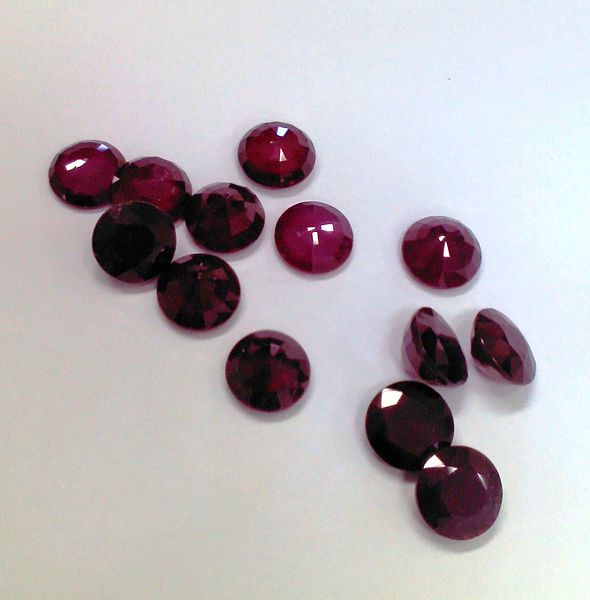Specific Gravity Testing Part 1: Definitions
Learn specific gravity testing methods for gem identification. Our 5-part introductory series starts with the basics and key definitions.
2 Minute Read
Before getting into the details of techniques and equipment, some terms must be defined.
What is Specific Gravity?
Specific gravity is also known as relative density or just density. Density is mass per unit of volume or the ratio of the amount of matter in an object to its volume. For example, if you had a piece of plastic and a piece of lead the same size, the lead would be much heavier. That is an illustration of density, how much something weighs in relationship to its size.
Specific gravity is a case of relative density, which is defined as the ratio of the density of one substance to that of another. For gemologists, specific gravity is the relationship of the weight of a gemstone to an equivalent volume of water. When you read that a gem has a specific gravity of 3, it means that the gem weighs three times as much as the same amount of water.
The distinction between density and specific gravity is important in some sciences, but in gemology the terms are interchangeable. For example, it’s acceptable to say that a gem has either the specific gravity or density of 3.
How Do You
…
International Gem Society
Related Articles
Specific Gravity Testing Part 3: Calculating Specific Gravity with an Electronic Scale
Eight Opal Types Explained
Destructive Gemstone Testing
Identifying Inclusions of Specific Gems
Latest Articles
Quartz Toxicity: Understanding the Risks for Jewelers and Wearers
Synthetic Amethyst: What is it and How is it Made?
Hambergite Value, Price, and Jewelry Information
Pearl Simulants: How to Spot Faux Pearls
Never Stop Learning
When you join the IGS community, you get trusted diamond & gemstone information when you need it.
Get Gemology Insights
Get started with the International Gem Society’s free guide to gemstone identification. Join our weekly newsletter & get a free copy of the Gem ID Checklist!
